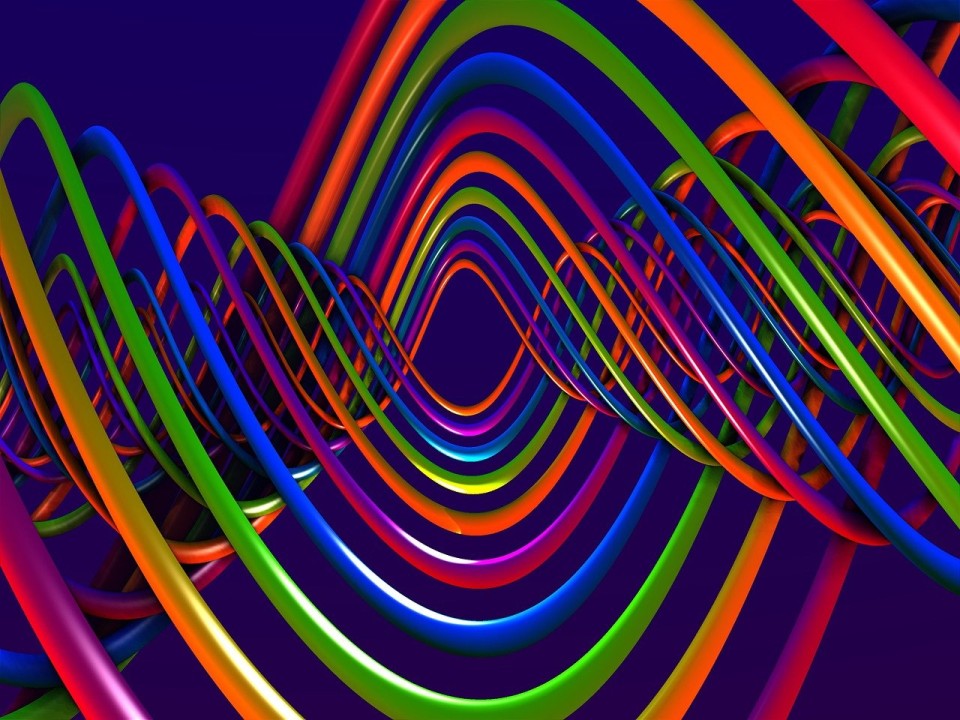The Natufians, an ancient hunter-gatherer society, flourished from about 12,500 to 9500 B.C.E. in a part of the Middle East called the Levant. It includes part of modern-day Cyprus, Syria, Israel, Jordan, Lebanon, and Palestine. About 10,000 years ago, they started settling as farmers when agriculture opened the door to stable food supplies.
Thus, the nomadic hunter-gatherers became sedentary and started building permanent dwellings. They started aggregating into complex societies in many parts of the world by attracting collaborations with similar communities.

Image Credit Source: Alchetron.com
Similar is the story of the bacteria settling inside our mouth. Just like human beings, bacteria are also very social. They love to live on surfaces and as closed communities.
Human teeth in our oral cavity are one of the favourite surfaces for bacteria to colonise. The area of science to study the behaviour of these surface-associated bacteria led to the concept of ‘biofilm research’.
Biofilms are defined as communities of
microbial cells and associated extracellular
polymeric substances that are present at an
interface
Biofilm bacteria are up to 1000 times more resistant to antimicrobial agents. When we brush, rinse with mouthwash or use dental floss, biofilm bacteria on our teeth get dislodged by mechanical shear. They are also removed naturally by shedding oral epithelial tissues and movement of the tongue and cheeks.
Oral bacteria can remarkably adapt and return to colonise host surfaces. They come back to re-settle on clean enamel surfaces of teeth within minutes. After a few hours, extensive microbial deposition occurs.
The accumulation of oral biofilms on tooth surfaces is known as dental plaque. It can lead to the development of painful dental cavities or gum diseases.
Stages in the formation of dental plaque
Step 1:
The first step in the formation of dental plaque is the colonization of tooth surfaces initiated by bacterial adhesion to the salivary pellicle.
The salivary pellicle is a thin acellular organic
film that forms on any type of surface upon
exposure to saliva
Step 2:
Oral bacteria express numerous protein molecules called lipoprotein adhesins on their cell surface. These molecules help them to bind with human or other bacterial receptors. This process is called adhesion.
For example, the genome of Streptococcus sanguinis (a cavity-causing bacteria) encodes at least 93 polypeptides that are predicted to be anchored on the surface of cells and potentially may be involved in adhesion.

Image Source Credit: doi: 10.1128/MMBR.00014-09 (Microbiol Mol Biol Rev. 2009 Sep; 73(3): 407–450.)
Certain adhesin proteins are mostly conserved in oral streptococci. These polypeptides play key roles in adhesion to oral surfaces. For example, the antigen I/II (AgI/II) family of proteins play an important role in binding to salivary agglutinin glycoprotein gp340. This binding promotes the adhesion of more streptococci on the oral surface.
Step 3:
Adherent bacteria produce a matrix of complex carbohydrates and extracellular nucleic acids that help to bind the biofilm together and protect the encased cells.
This exchange of chemicals between neighbouring bacteria promotes cooperation or competition. Such interactions help the development of multispecies communities. The process is known as coaggregation and co-adhesion.

Image Source Credit: https://doi.org/10.1111/j.1601-0825.2010.01701.x
A healthy tooth gets a cavity when the microbial
composition of dental plaque shifts from
commensal bacteria to a population containing
a large proportion of disease-causing bacteria
In the case of dental caries, the shift in population involves a reduction in the diversity of micro-organisms at active caries sites because of the production of hydrogen ions by acidogenic bacteria.
Interactions between different species of bacteria and between the bacteria and the host lead to the development of oral biofilms.
A detailed understanding of the primary steps in biofilm formation, biofilm matrix composition, interspecies bacterial communication and mutualism will provide new opportunities for intervention against oral diseases of microbial origin.
The development of new treatments will be enhanced by a detailed understanding of the processes that lead to the formation of dental plaque at the molecular level.
#dentalgenetics
Check out this FREE course now!




